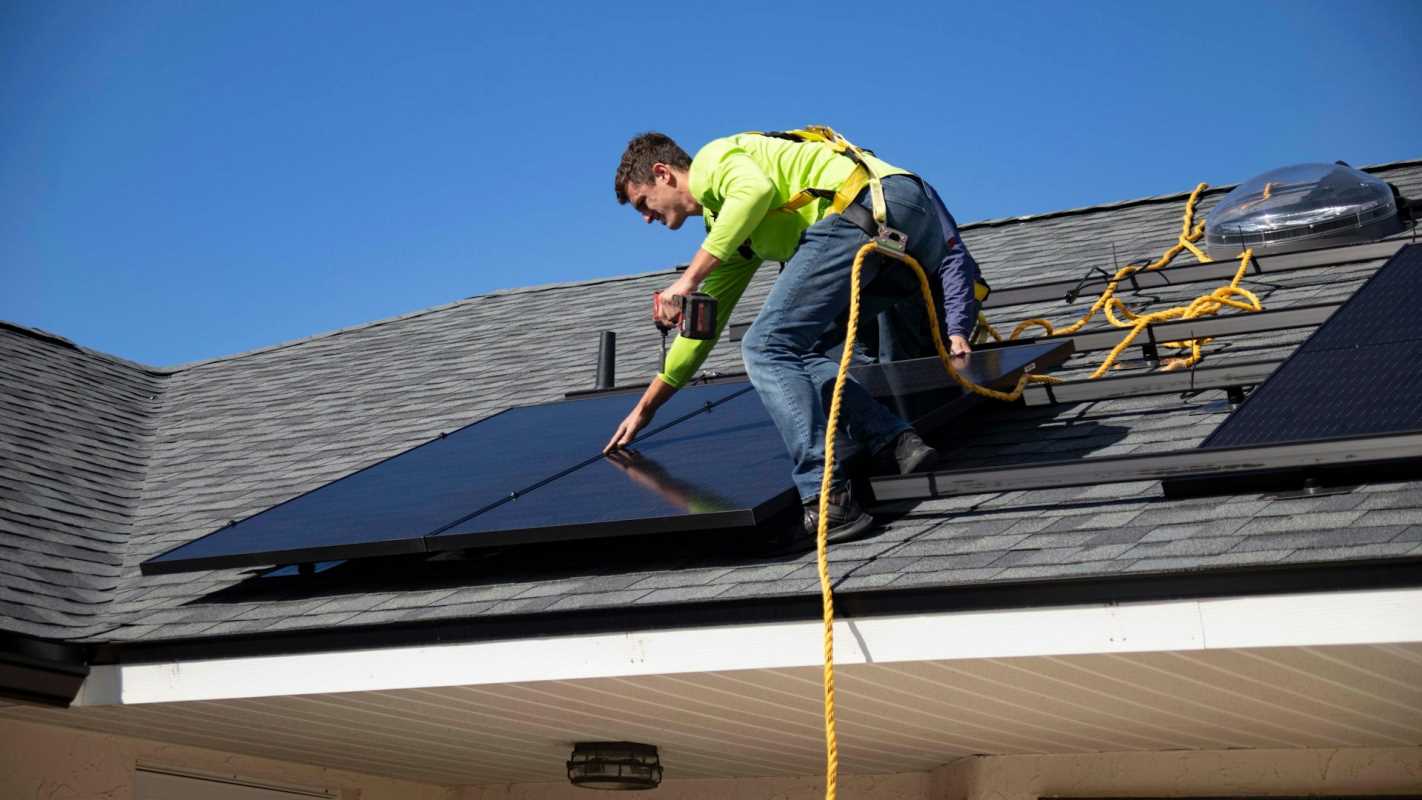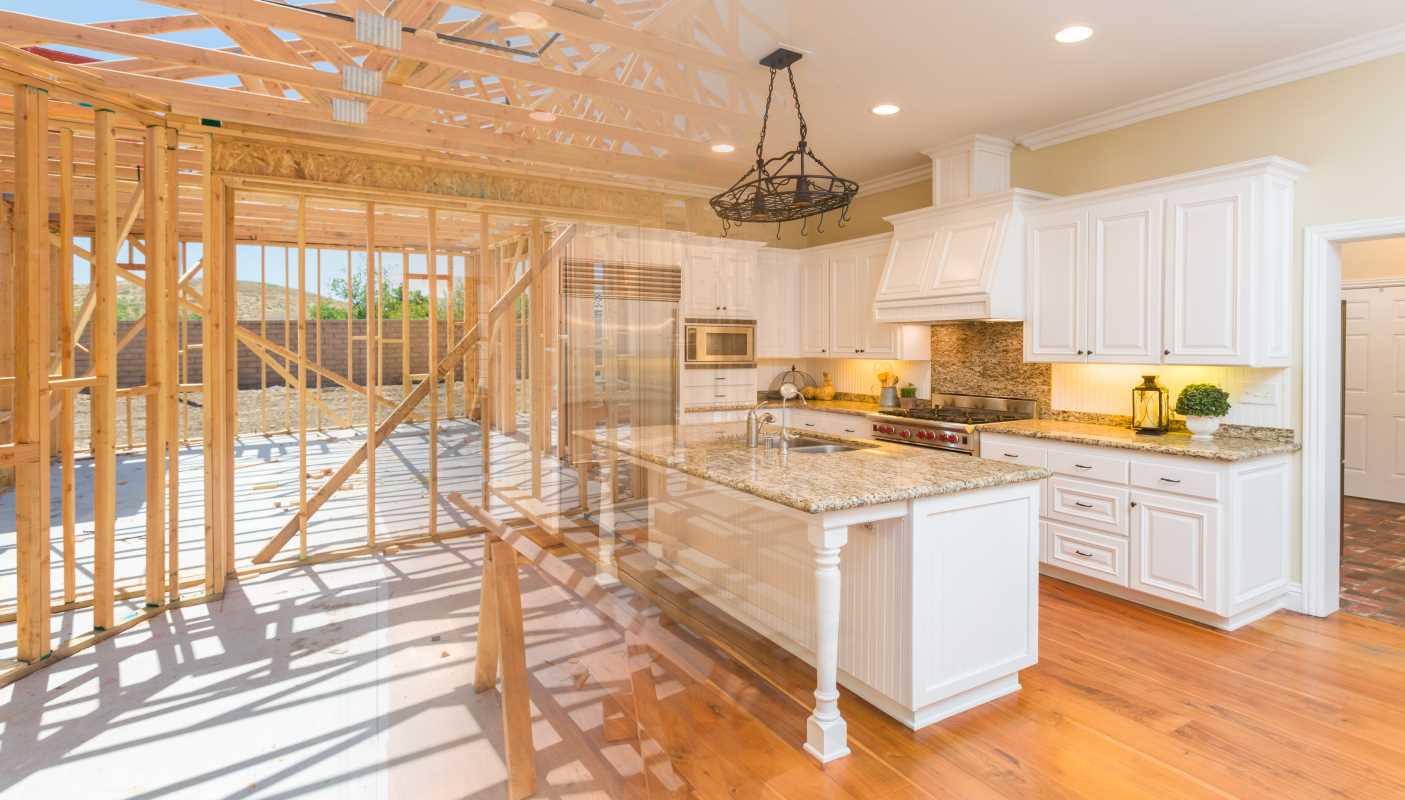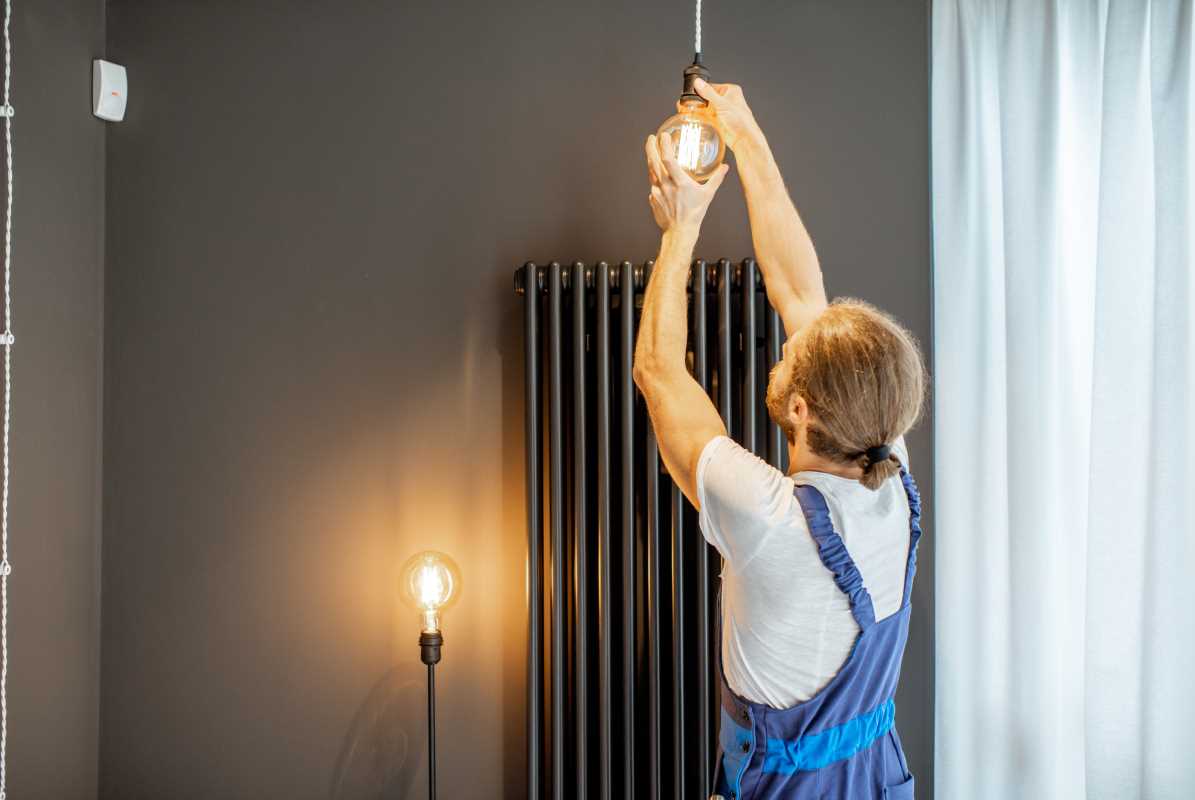Making the shift to solar energy used to sound like something out of a science fiction novel or an expensive niche option for eco-warriors with deep pockets. But times have changed, and solar power has become more accessible than you might think. If you’re tired of rising electricity bills and ready to harness the power of the sun, you might be wondering, “Can I actually afford to install solar panels?” The good news is, yes, it’s entirely possible to go solar on a budget. With a little research, some creative thinking, and an understanding of the incentives available, you can bring the sun’s energy into your home without emptying your wallet.
For middle-aged homeowners balancing mortgage payments, college savings, and other life expenses, solar energy offers a unique opportunity to save money over time while reducing reliance on traditional energy sources. It’s not just an investment in your home; it’s an investment in sustainability and savings. Now, how do you get started without shelling out your entire nest egg?
Know What You Need
Before you start daydreaming about rows of shiny panels glinting on your roof, take a moment to figure out exactly what you’re trying to achieve. Are you aiming to dramatically cut down your electricity bill, or are you content with offsetting just a portion of your energy usage? Knowing this will help determine the size and type of the system you need.
You’ll also need to assess whether your home is solar-ready. A roof with good sun exposure is key. If trees shade your house or has a roof that’s nearing the age of replacement, you might need to factor in some additional prep work. Don’t worry if your roof isn’t ideal, though. Ground-mounted systems are a possibility, and they can sometimes be more budget-friendly than you’d think.
Tap Into Incentives
One of the best ways to make solar installation more affordable is to take advantage of the numerous incentives available. Many governments, at both federal and state levels, offer tax credits, rebates, or other financial perks to encourage solar adoption. For example, in the United States, the federal solar tax credit (also known as the Investment Tax Credit or ITC) allows you to deduct a significant percentage of your solar installation costs from your federal taxes.
Some states add their own incentives on top of the federal discounts, ranging from rebates to performance-based credits. Certain utility companies even offer net metering, which allows you to sell excess solar energy back to the grid for credit. It’s like letting your panels earn a little side hustle money while you sleep.
It’s crucial to do your research and make sure you apply for every incentive you qualify for. These programs are often the game changers that make solar affordable even on the strictest budget.
Shop Smart and Compare
Not all solar systems (or installers) are created equal. Once you’ve decided you’re ready to make the leap, it’s time to start shopping around. Get quotes from a few different installers and ask plenty of questions. Reputable companies will perform a site assessment, walk you through your options, and give you a detailed breakdown of costs. Remember, the cheapest option isn’t always the best; you’ll want to strike a balance between quality and affordability.
You could also consider buying a smaller system to start with. Modular systems allow you to scale up later when you have more room in your budget. This approach lets you dip your toes into solar energy without committing to a jaw-dropping upfront cost.
And if new panels still feel out of reach? You might be able to find used or refurbished panels. Many businesses upgrade their systems and sell their old (but still functioning) panels at a significant discount. This can be a fantastic way to save a bundle without sacrificing performance.
Explore Financing Options
One of the biggest barriers to solar adoption is the upfront cost. However, there are plenty of options to help spread out the expense. Some companies offer solar loans, allowing you to finance the installation over time. The beauty of this approach is that your monthly loan payment is often less than what you’d typically spend on your electricity bill, meaning you could start seeing savings right away.
Leasing is another option. With a solar lease or power purchase agreement (PPA), a company installs and owns the solar system, and you simply pay them for the energy you use. While this doesn’t offer the same long-term savings as owning, it’s a great way to dip your toe into renewable energy without worrying about maintenance or upfront costs.
Properly researched financing can take what once seemed like an impossible cost and spread it out into manageable, bite-sized chunks.
DIY, If You’re Handy
For those who enjoy a little elbow grease, installing solar panels as a do-it-yourself project can significantly cut costs. You can purchase DIY kits that include all the components you need. These kits are widely available and often come with detailed instructions to guide you every step of the way.
That being said, DIY isn’t for everyone. Electrical work and roof installations can get tricky, and mistakes could cost you more in the long run. If you’re not confident in your skills, it’s probably best to leave this job to the professionals.
Seeing the Payoff
Once your system is up and running, the savings begin. While solar power won’t eliminate existing expenses like property taxes or the obligatory back-to-school shopping spree, it will chip away at your energy bills month by month. Depending on the size and efficiency of your system, you could significantly cut what you spend on electricity or even eliminate your bill altogether.
Over time, most homeowners find that their solar systems pay for themselves, and with the panels gradually reducing energy costs for two or more decades, the long-term financial benefits are hard to beat. Combine these financial upsides with the satisfaction of reducing your carbon footprint, and going solar feels less like a luxury and more like a no-brainer, budget and all.
 (Image via
(Image via





